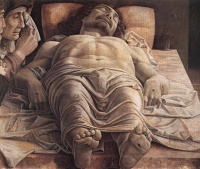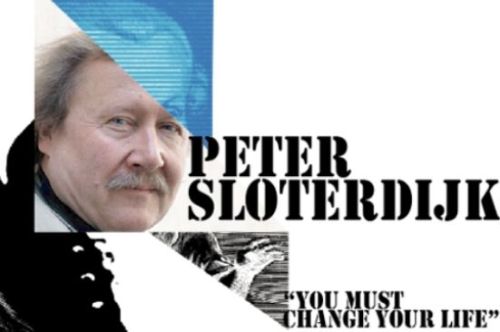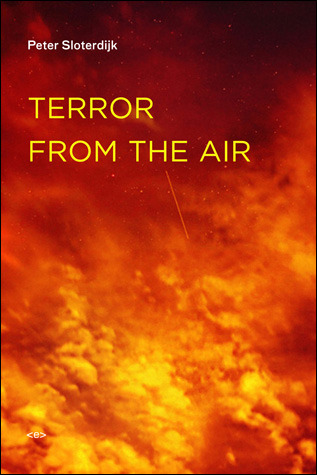RIP James Kirkup
James Kirkup, FRSL (23 April 1918 – 10 May 2009) was a prolific English poet, translator and travel writer, best-known for his controversial poem The Love that Dares to Speak its Name, which describes a sexual fantasy of a homosexual soldier for the dead Christ.
The Dead Christ (1582) by Annibale Carracci
The Love that Dares to Speak its Name is written from the viewpoint of a Roman centurion who is graphically described having sex with Jesus after his crucifixion, and also claims that Jesus had had sex with numerous disciples, guards, and even Pontius Pilate. Its title The Love that Dares to Speak its Name was taken from a line in the poem “Two Loves” by Lord Alfred Douglas.
Lamentation over the Dead Christ (c. 1480) by Andrea Mantegna
- Dead Christ
In Western art, the death of Christ and its depiction is usually known by the term lamentation of Christ and it is a very common subject in Christian art from the High Middle Ages to the Baroque. After Jesus was crucified, his body was removed from the cross and his friends and family mourned over his body. This event has been depicted by many different artists.






